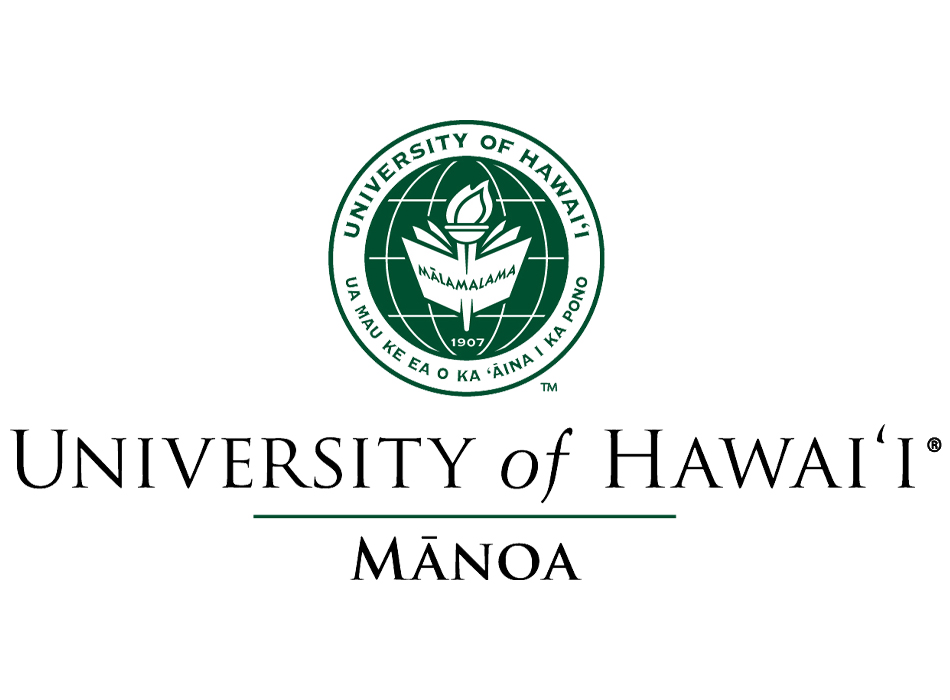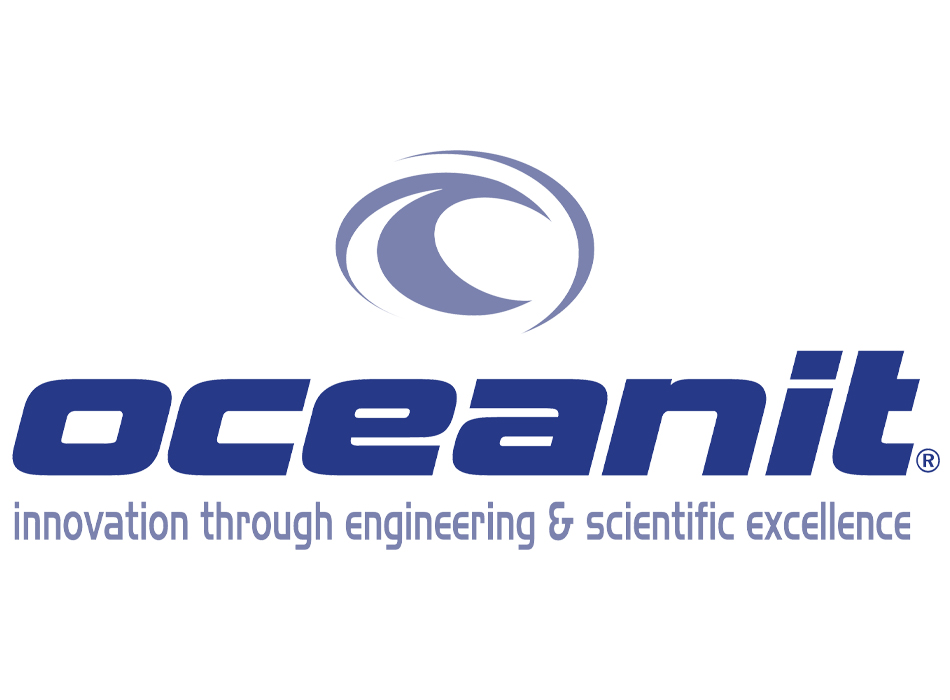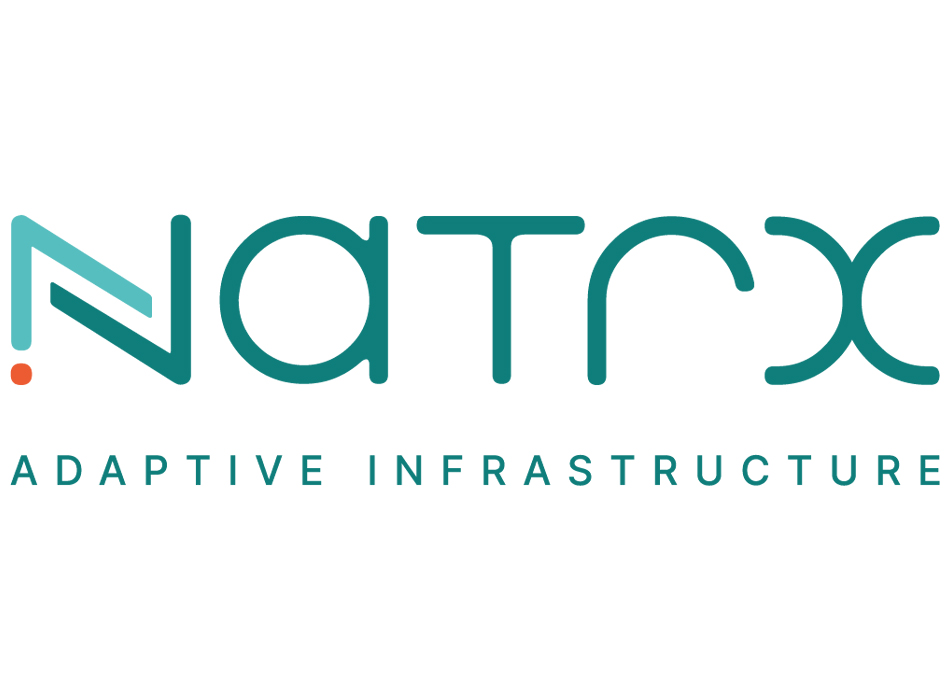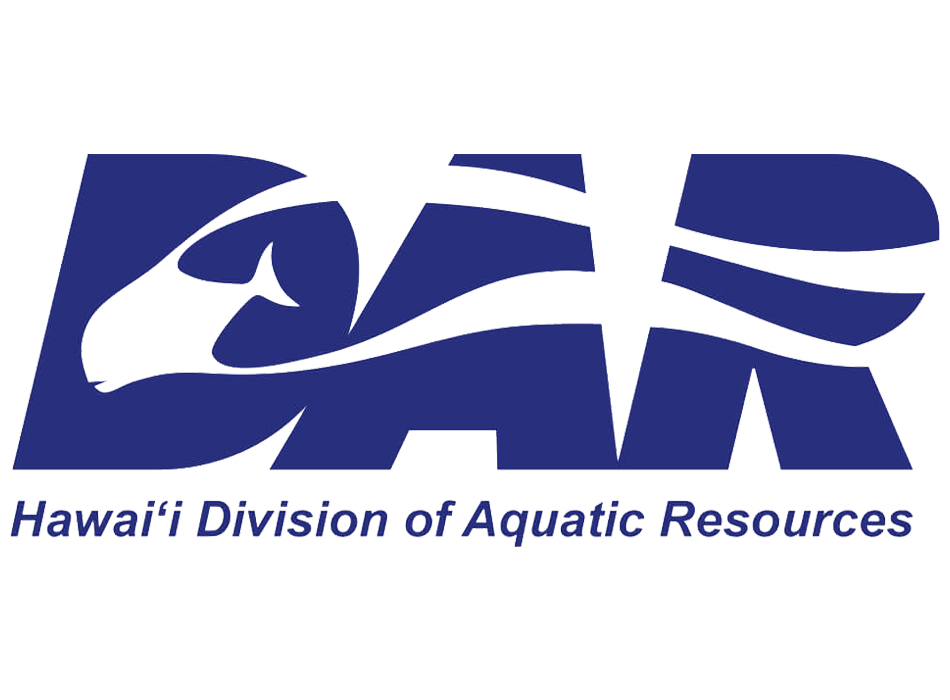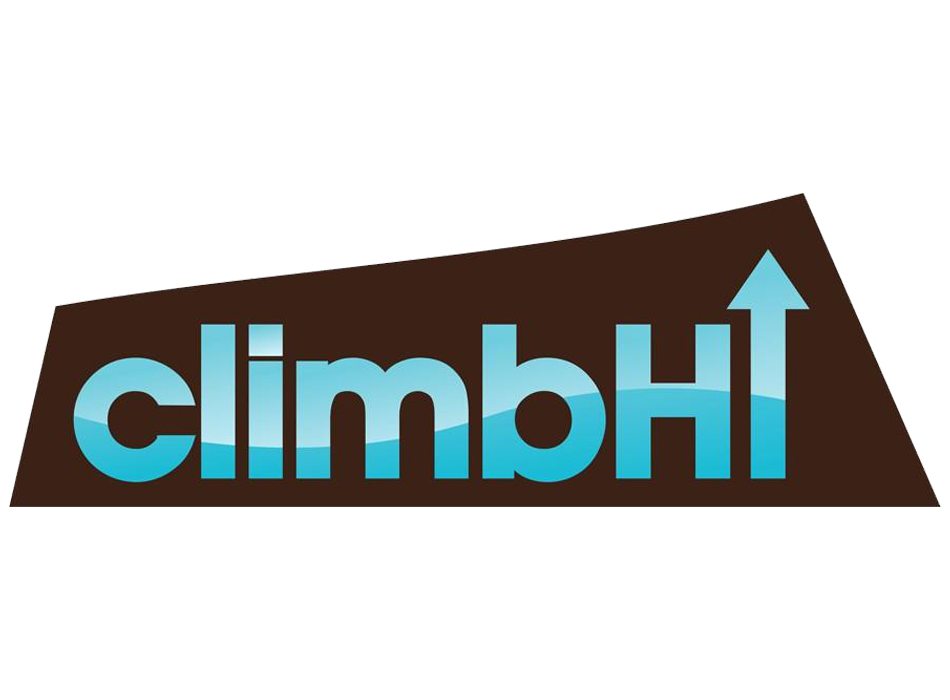REEFrame
We are excited about this opportunity to work with our community. Stay tuned for community outreach sessions and much more information.
REEFrame Press Release – April 23, 2023
$9M grant aims to restore Waikīkī reefs with coral nurseries
A coral reef restoration project off iconic Waikīkī Beach has been recommended for a $9 million grant by the National Oceanic and Atmospheric Administration’s (NOAA) Office of Habitat Conservation.
The REEFrame project is a partnership by the University of Hawai‘i at Mānoa, Conservation International, the Hawai‘i Division of Aquatic Resources, the ocean technology firm Natrx, the ocean engineering firm Oceanit, and workforce development nonprofit ClimbHI. The project will run from summer 2023 to mid-2026.
“Many reefs in the region are now so degraded that there is little living coral, collapsing to the point where they no longer provide shelter for fish,” said the REEFrame science lead Mark Hixon from UH Mānoa’s School of Life Sciences. “Unfortunately, many reefs around O‘ahu and other highly populated Hawaiian Islands now have few parrotfish and other seaweed eaters. Our reefs are in danger of being lost to ocean warming unless we help them recover with these interventions.”
“We are honored to work with the people of Hawai‘i on this innovative and inclusive approach to restoring our precious coral reefs,” said Matt Ramsey, senior director of Conservation International Hawai‘i. “We need to do everything we can to ensure that our present and future generations will have the opportunity to enjoy the many benefits of healthy and thriving coral reefs.”
This initiative is one of nearly 150 projects across 30 coastal and Great Lakes states and territories that were recommended to receive a total of $562 million. Vice President Kamala Harris made the announcement on April 21. These investments are an effort to make communities and the economy more resilient to climate change, as part of the Biden-Harris Administration’s Investing in America agenda. The awards are made under NOAA’s Climate-Ready Coasts Initiative and are funded by the Biden-Harris
Administration’s historic Bipartisan Infrastructure Law and bolstered by the Inflation Reduction Act.
Project Details
Planning and working with local stakeholders and pending numerous permits, the team is proposing to build two permanent coral nurseries—each about 100 feet by 100 feet and about 6 feet tall—on a bare rock seafloor in about 55 feet of water about ¾ mile off Waikīkī Beach. Construction could begin by 2025 after specific plans, environmental studies and permits are finalized. Made of stacked 3D-printed concrete modules in organic shapes with many holes and overhangs for fishes and other sea life, the nurseries are intended to serve two purposes:
- “Corals of opportunity,” which are living coral colonies dislodged by storms, ship groundings, anchor drags or other disturbances, will be attached to the structures for temporary keeping until they are later transplanted to areas lacking coral. The process is similar to transplanting nursery trees after a forest fire, helping to restore the
- By attracting fish, especially parrotfish (uhu) and other seaweed eaters that keep reef surfaces clean so corals can flourish, the complex structure of the nurseries will gradually be colonized by naturally settling coral larvae, eventually becoming coral reefs in their own A preliminary experimental study off Waikīkī by Hixon and his lab demonstrated the feasibility of this approach.
“Essentially, the project will assist the natural process of coral regrowth by providing the structural framework that is needed for a healthy reef ecosystem. This is why we call the project REEFrame,” said coastal engineer Mike Foley of Oceanit.
“The three-dimensional framework of the nurseries will attract fish and corals, eventually becoming productive fishing reefs in their own right,” added Matt Campbell of Natrx.
Project Outreach
The team will consult with local and cultural organizations during the design phase of the project, learning from ocean users, incorporating historical Indigenous practices where appropriate, and educating the public about the goals of and science and engineering behind the project. The team recognizes the cultural, economic and biological value of the Waikīkī region, and aims to minimize any impacts in helping to restore this valuable resource.
ClimbHI will help connect project organizers with schools statewide to provide opportunities for student and educator involvement, as well as partnerships with various industries.
“REEFrame offers a way for our keiki to gain valuable hands-on experience with leading environmental organizations and businesses,” said Julie Morikawa, president of ClimbHI. “We look forward to building widespread participation with this project from our local communities.”
The Hawai‘i Division of Aquatic Resources (DAR) will facilitate the permitting process for the project.
“This project is a positive step towards habitat restoration for the fisheries of our islands,” said Brian Neilson, DAR Administrator.
As climate change continues to warm the oceans, coral bleaching—where heat waves cause corals to turn white and often die—is becoming more common in Hawai‘i and elsewhere. When corals die, they are soon covered by seaweeds unless abundant uhu and other fish eat them, freeing space for new corals to grow. Corals are like the trees of a forest, providing habitat for many species. No coral means no reef, no fisheries, no natural breakwaters, and no sustainable sources of new beach sand that reduces coastal erosion as sea levels continue to rise.
“NOAA is excited to be supporting our partners’ innovative efforts to restore coral reefs off the coast of Waikīkī Beach,” said Carrie Selberg Robinson, director of NOAA’s Office of Habitat Conservation. “Coral reefs provide countless benefits for fisheries and coastal communities, and reef restoration projects are crucial for preserving the future of these important habitats.”
For general questions, email [email protected].
CONTACTS:
University of Hawai‘i at Mānoa:
Dr. Mark Hixon – [email protected] – 541-760-9448 (Hawai‘i)
Conservation International:
Matt Ramsey – [email protected] – 808-223-4404
NOAA Office of Habitat Conservation:
Shannon Ruseborn – [email protected]
Hawai‘i Division of Aquatic Resources:
Ryan Okano – [email protected]
Natrx:
Dr. Matt Campbell – [email protected] – 512-983-0171 (North Carolina)
Oceanit:
Dr. Mike Foley – [email protected] – 808-807-3880
ClimbHI:
Julie Morikawa – [email protected] – 808-206-2853
ILLUSTRATIONS:
Credit: Natrx
Credit: Natrx and University of Hawai‘i at Mānoa.
For more information: [email protected]


